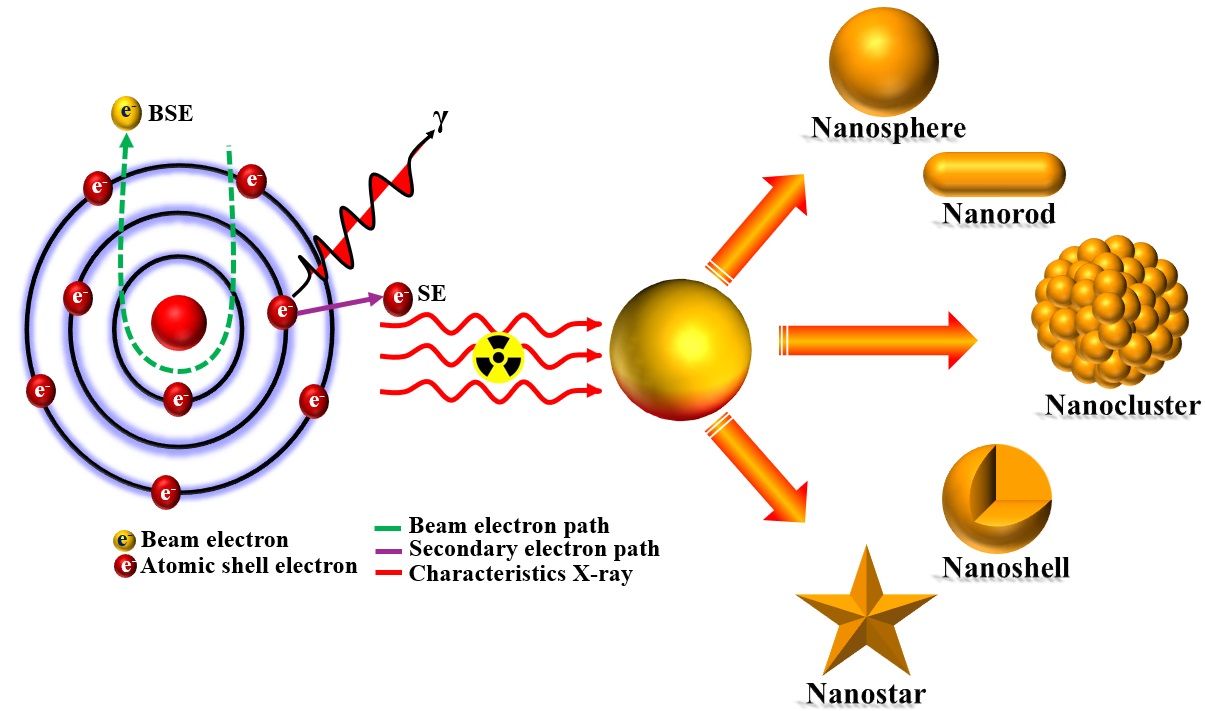Preprint
Review
Harnessing Radiation for Nanotechnology: A Comprehensive Review of Techniques, Innovations and Application
Altmetrics
Downloads
14
Views
6
Comments
0
This version is not peer-reviewed
Submitted:
25 November 2024
Posted:
26 November 2024
You are already at the latest version
Alerts
Abstract
Nanomaterial properties such as size, structure, and composition can be controlled by manipulating radiation, such as gamma rays, X-rays, and electron beams. This control allows scientists to create materials with desired properties that can be used in a wide range of applications, from electronics to medicine. This use of radiation for nanotechnology is revolutionizing the way we design and manufacture materials. Additionally, radiation-induced nanomaterials are more cost-effective and energy-efficient. This technology is also having a positive impact on the environment, as materials are being produced with fewer emissions, less energy, and less waste. This cutting-edge technology is opening up new possibilities and has become an attractive option for many industries, from medical advancements to energy storage. It is also helping to make the world a better place by reducing our carbon footprint and preserving natural resources. This review aims to meticulously point out the synthesis approach and highlights significant progress in generating radiation-induced nanomaterials with tunable and complex morphologies. This comprehensive review article is essential for researchers to design innovative materials for advancements in health care, electronics, energy storage, and environmental remediation.

Keywords:
Subject: Chemistry and Materials Science - Nanotechnology
Copyright: This open access article is published under a Creative Commons CC BY 4.0 license, which permit the free download, distribution, and reuse, provided that the author and preprint are cited in any reuse.
MDPI Initiatives
Important Links
© 2024 MDPI (Basel, Switzerland) unless otherwise stated





